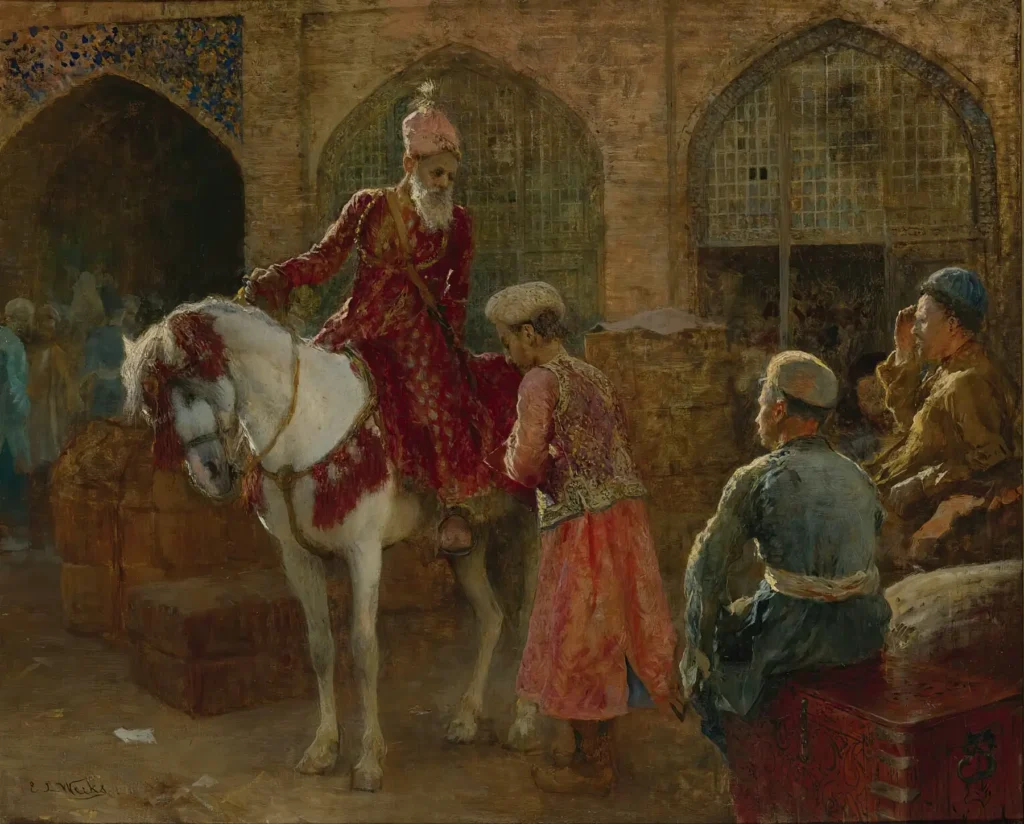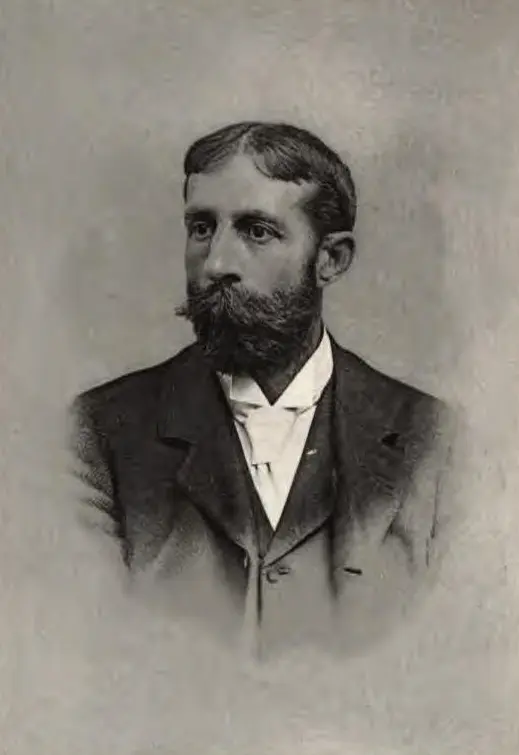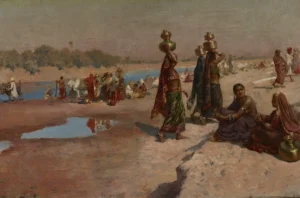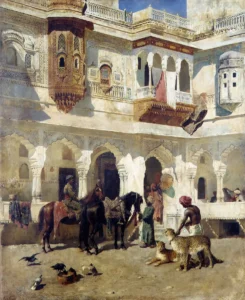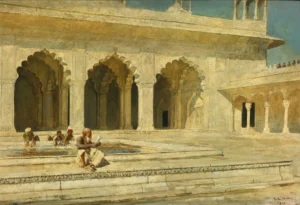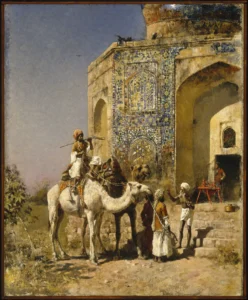The Grand Vizier
Created during the peak of the Orientalist movement, The Grand Vizier by Edwin Lord Weeks is a dazzling portrayal of authority and culture. The painting likely features a high-ranking official adorned in sumptuous attire set against a backdrop of exquisite architecture, reflecting Weeks' keen observations from his travels across Morocco, Egypt, and India. His bold use of color and light invites viewers to immerse themselves in the lush details of the scene, epitomizing the allure and complexity of Eastern societies as perceived by Western artists in the 19th century.
Late 19th Century
About the Artwork
Did You Know
Liked what you see? Add it to your collection.
Enjoyed reading? Share it.
... continued
Orientalist Themes
Edwin Lord Weeks was renowned for his Orientalist works, which often depicted scenes from the Middle East, North Africa, and India. His paintings typically featured vibrant, detailed representations of local cultures, architecture, and daily life.
Artistic Style and Technique
Weeks' paintings are characterized by their bold and fresh images, with a strong emphasis on the effects of sunlight and glare. His technique was refined through his studies under Léon Bonnat and Jean-Léon Gérôme in Paris, and he was known for his dexterity in composition and technique.
Travel and Inspiration
Weeks was an inveterate traveler, and his journeys to various regions, including Morocco, Egypt, Persia, and India, greatly influenced his work. His experiences and observations during these travels are likely reflected in the detailed and culturally rich scenes he painted.




